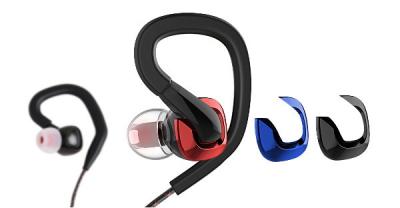Exeter researchers demonstrate a thermoacoustics graphene-based speaker chip
Researchers from the University of Exeter developed a new chip that combines a thermoacoustics graphene-based speaker, amplifier and graphic equalizer. A thermoacoustics speaker creates sounds by heating and cooling the thin graphene membrane rapidly by an alternating electric current - and the transfer of the thermal variation to the air causes it to expand and contract, thereby generating sound waves.

Thermoaccoustic speakers based on graphene has been demonstrated before, but the Exeter researchers are the first to embed such a speaker, an amplifier and a graphic equalizer on a millimetre-sized device. The researchers see possible applications in ultrasound imaging, telecommunication and maybe even intelligent bandages that monitor and treat patients directly.







